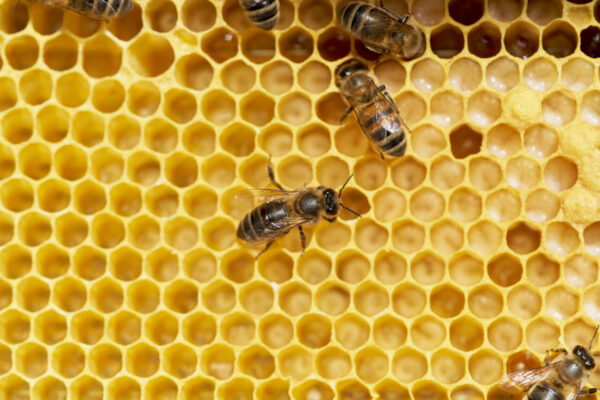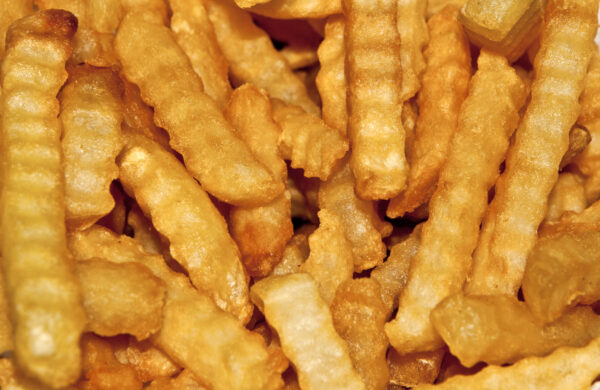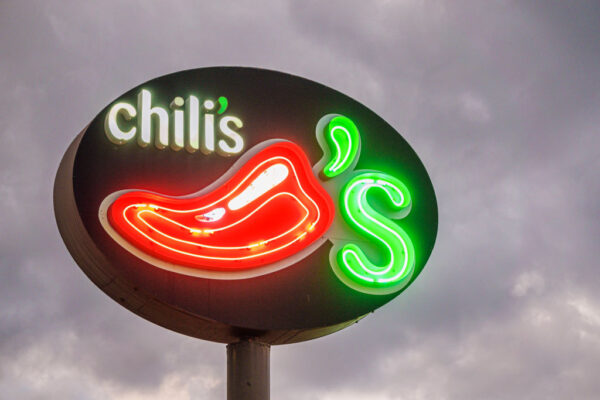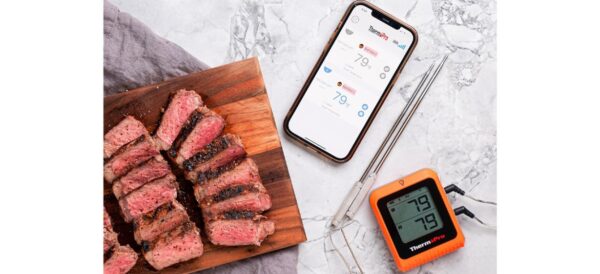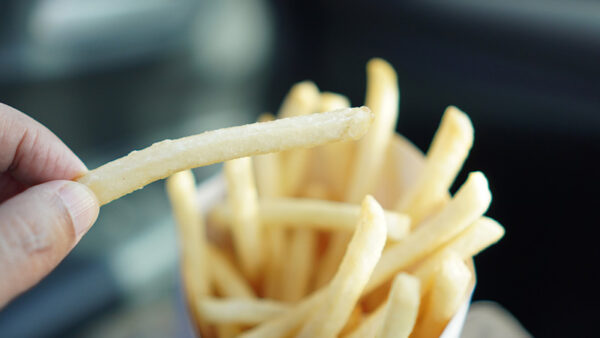If spring means rapid-fire sneezes and anger-inducing eye itchiness, there’s a decent chance you’ve heard that consuming raw local honey can help combat seasonal allergies.
“If eating honey helps with allergies, then why can’t I just lick the pollen off my car?” one TikToker asked, adding, “I’m at the point where I’m fully willing to do this, so if a doctor could just green-light this I’ll start right now.”
A daily dose of honey — not lapping pollen off the hood of a car — is an appealing solution for multiple reasons. For many people, eating something sweet is preferable to daily nasal sprays and allergy pills, for instance. Also, a number of allergy sufferers find a certain amount of logic behind it, according to Dr. John Overholt, with The Allergy, Asthma & Sinus Center.
“The idea is that a small amount of pollen carried by bees makes its way into the honey and that regular ingestion of the pollen leads to desensitization,” according to Overholt.
Where was the Texas Roadhouse founded? The answer may surprise you
Unfortunately for allergy sufferers, there’s no real evidence that it works that way, experts say.
“First, the pollens that bees carry are not significant allergens,” Overholt said, “To make honey, bees collect nectar from flowering plants and in the process become coated with the pollen from these plants. As they buzz from plant to plant, they spread the pollen, which allows the flowering plants to reproduce. Since these pollens are carried largely by bees and not the wind, the pollens rarely come into contact with the human nose and eyes and, hence, do not cause allergy symptoms.”
It’s the plants whose pollens the wind distributes that torture seasonal allergy sufferers, according to Overholt.
A 2002 University of Connecticut study reached the same conclusion. Thirty-six subjects were divided into three groups and randomly assigned one tablespoon per day of either local, unfiltered honey, pasteurized honey or corn syrup with honey flavoring.
“Neither honey group experienced relief from their symptoms in excess of that seen in the placebo group,” the researchers concluded.
Even if the allergy-causing pollens were found in the honey, Overholt added, studies have found that simply swallowing allergens, oral immunotherapy, doesn’t help with nasal allergies. Overholt was careful to point out that oral immunotherapy shouldn’t be confused with sublingual immunotherapy, during which allergen-laden drops are held under the tongue. Tests have shown sublingual immunotherapy to be a safe alternative to allergy shots, according to Johns Hopkins allergy specialist Dr. Howard Boltansky.
Is there any truth to the ‘5-second rule’?
When it comes to immunotherapy, experts warn against TikTok suggestions such as consuming local pollen, whether from the hood of one’s car or in a homemade tea.
“There is no scientific evidence that drinking a tea made to include your specific pollen triggers will help; on the contrary, it has the potential to cause allergic reactions when ingested,” Melanie Carver, AAFA chief mission officer told Nexstar.
“For people interested in desensitizing themselves to pollen or other allergens, you should work with an allergist who can tailor a treatment plan to your specific needs,” Carver said. “A doctor will use medicine (drops or shots) containing small amounts of the allergen to slowly desensitize you over time. They will also monitor you in case of a reaction. Because exposure to your allergy trigger could cause a reaction, it is essential that you undertake this treatment with medical supervision.”
While honey is generally harmless for most, some people should never ingest it. The American Academy of Pediatrics reminds parents that they should not give honey to children under 12 months. Honey, including processed foods that contain honey, have spores which can potentially cause botulism in infants.
Related Posts
Are hot dogs really that bad for you? Why you should avoid some franks, experts say
How unhealthy is it to gobble down a dog at cookouts, sporting events, or as part of a quick meal at home?
Which kind of french fries do people in your state prefer?
A new survey provides insight into a very, very important topic.
Does your local Chili’s participate in this upside-down ‘tradition’?
Depending on which Chili’s restaurant you visit, there’s a chance one of the walls is adorned with an especially screwy picture.
Grilling with lump charcoal: Is US-grown hardwood really in that bag?
The information on the label does not always match what is inside the bag.
Trending
A buying guide for the best meat thermometers
Those with a knack for whipping up delicious meals in the kitchen know how important temperature control is.
Starbucks is making its ‘secret menu’ items official
After years of back-door Instagram posts and word-of-mouth recommendations, Starbucks is making its “secret menu” an official tab on its app.
Connecticut city dubbed ‘Pizza Capitol of US’ aims to break record for ‘world’s largest pizza party’
The current record was set two years ago at the University of Tulsa in Oklahoma, where 3,357 people gathered for the then-“World’s Largest Pizza Party.”
Free fries? Where to find yours on National French Fry Day
Craving some crispy, perfectly-salted fries? You’re in luck: in honor of National French Fry Day, several fast food chains are giving them away with qualifying purchases.
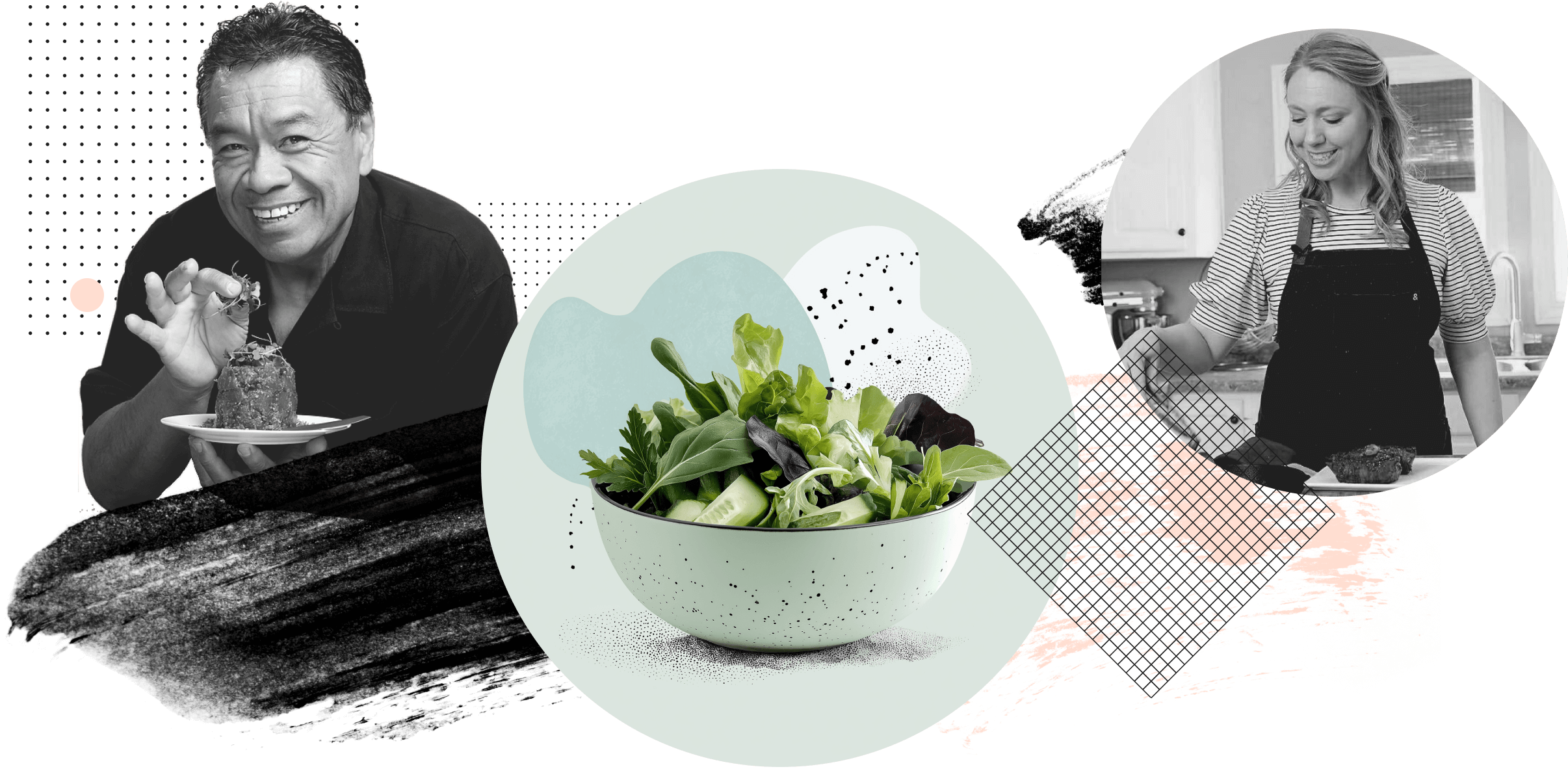
Are you a food creator?
Apply to join the SavorNation creator community to share your restaurant reviews, recipes, and cooking tips.
